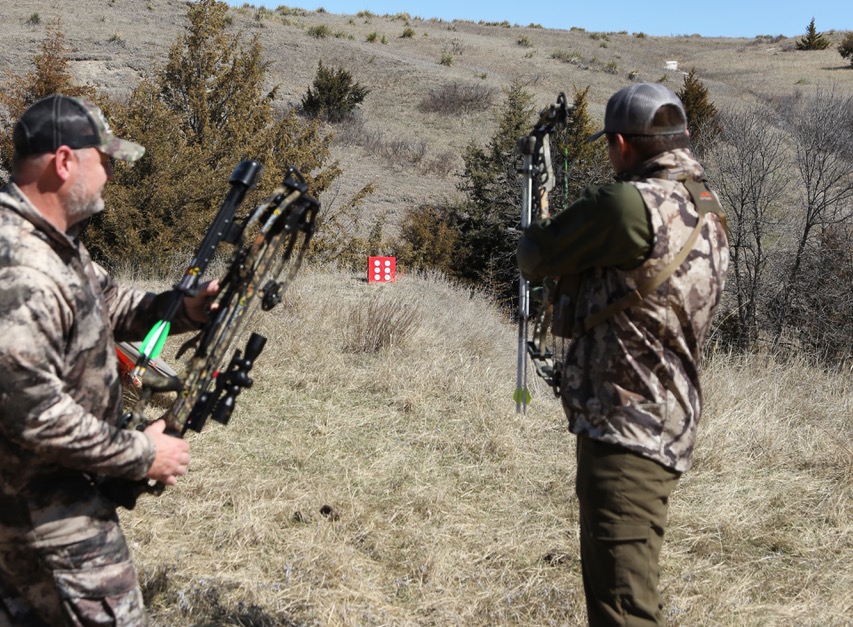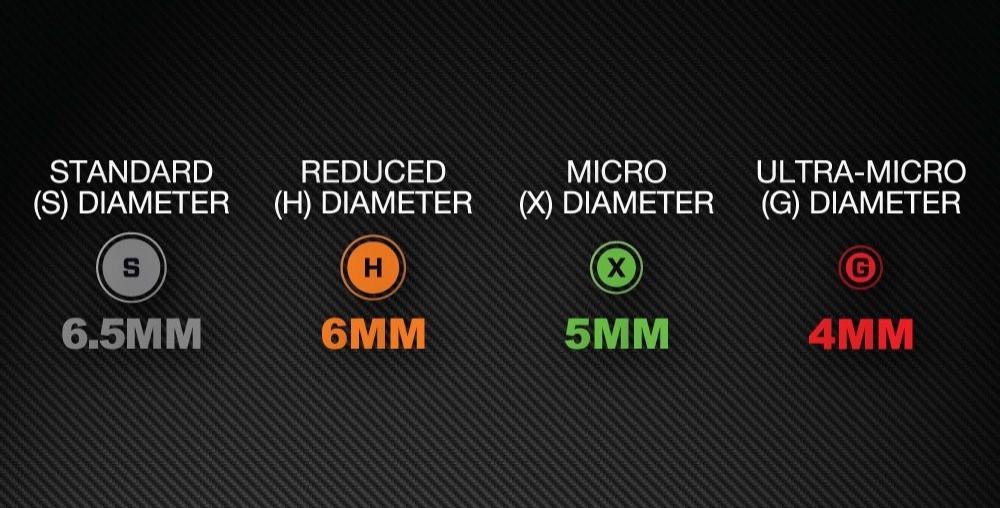Get the shaft
How an arrow’s diameter and design can make or break a hunt
Advertisement
In recent years, the archery world has seen a surge in new arrows with different diameters and designs. Target shooters naturally use the fattest new arrows to catch a piece of the X, but should bowhunters also consider different shaft diameters, or even tapered arrows and different materials?
Yes. After all, they must always take into account penetration, kinetic energy and trajectory when choosing an arrow, and the latest offerings fit the bill. Indeed, their construction, weight distribution, flight and resistance to wind and obstacles may surprise those who have yet to look at these latest advantages in the archery scene.
Advertisement
THIN IS IN
If you hunt from a treestand and shoot all of your game at less than 30 metres, why would you use anything but a standard 6.5-mm carbon arrow? Because you can’t always make the perfect shot—sometimes you’ll hit bone, for example, or be forced to shoot at a challenging angle. Since they penetrate with less resistance, smaller-diameter arrows of 6, 5 or 4 mm provide insurance for those occasions when better accuracy or penetration are required.
MATERIAL MATTERS
Advertisement
If you spend time practising, you’ve undoubtedly had arrows that were difficult to remove from the target. Carbon arrows are by far the worst, as the millions of carbon strands that form the modules all have a surface area (a close inspection of a carbon shaft reveals how the minute strands are wound together). When these carbon strands make contact with the target, the friction generates heat, melting the target material around the arrow and making it difficult to pull out. Shoot a carbon shaft, then an aluminum one, and you’ll see that the aluminum arrow penetrates deeper and is easier to pull out.

Accordingly, some arrows are now being made with a carbon shaft wrapped with aluminum. Again, the aluminum generates less friction, increasing viscosity when flying through the fat and body fluids of an animal, thus providing better penetration. The aluminum also adds weight to the shaft, which increases the kinetic energy and penetration. Easton’s FMJ (Full Metal Jacket) was one of the first aluminum-wrapped carbon arrows to this feature this advantage. Another notable innovation is the Carbon Express Maxima Red arrow, which has a stiffer dynamic spine to reduce arrow oscillation for improved flight and penetration. It also comes in a small-diameter version.
TAPER TIME
The newest option to hit the archery world is the tapered shaft, which maximizes front-of-centre (FOC) weight for better accuracy. More weight at the front of the arrow makes it fly more consistently and accurately, making for more precise arrow placement and better penetration. Easton’s T64, for example, seamlessly tapers from 6 mm at the front to 4 mm at the back, resulting in 30 per cent more weight FOC before the broadhead. This specialty shaft also features a full-metal jacket, further increasing the weight for even better kinetic energy and penetration.
While standard carbon shafts may be the most economical options, most bowhunters appreciate the advantages of accuracy and penetration that smaller-diameter arrows and other advancements—such as tapers and full-metal jackets—offer when the buck of a lifetime steps into range.
Alberta bowhunter Brad Fenson is a veteran Outdoor Canada writer.
BONUS TIP: MEASURING UP
If you’ve been flinging arrows for years, you’ll remember the letter codes S, H, X and G that Easton used to indicate the internal diameter of arrows, and match them to compatible inserts and components. With all the choices currently on the market, however, the internal diameter of all performance hunting shafts is now expressed in millimetres, just like bullets in the firearms industry.
So, Easton’s S code (standard diameter) is now shown as 6.5 mm, H (reduced diameter) is 6 mm, X (micro diameter) is 5 mm, and G (ultra-micro) is 4 mm. This allows archers to immediately compare one size to another, and makes it easier to select the right components for a specific arrow. Note that some manufacturers still use imperial measurements, while others use the outer diameter to denote the size, so keep that in mind when comparing different arrows.


